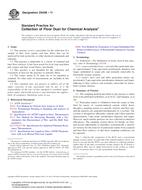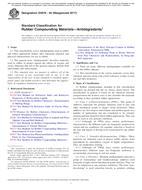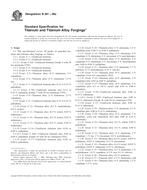1.1 This guide describes methods for determining and evaluating causes of water leakage in low-sloped roofs. For this purpose, water penetration is considered leakage and therefore problematic, is causing or is likely to cause premature deterioration of the roof, building or its contents, or is adversely affecting the performance of other components of the building A roof is considered an assembly including the membrane, insulation, vapor retarder (if required), deck, and structural components.
1.1.1 This guide excludes moisture-related problems in roofs caused by condensation.
Note 1
Condensation-Moisture-related problems in roof systems may be caused by condensation of humid air originating from within the building and be incorrectly attributed to leakage from rain water. The protocol for an investigation of dampness due to condensation and is complicated, requires special expertise, and is beyond the scope of this guide. For information regarding condensation problems as they relate to roofs, refer to ASTM MNL 18, ASTM MNL 40, and ASHRAE Handbook 2005 Fundamentals.
1.2 Investigative techniques discussed may be intrusive, disruptive, or destructive. It is the responsibility of the investigator to establish the limitations of use, to anticipate and advise of the destructive nature of some procedures, and to plan for repairing and selective reconstruction as necessary.
1.3 This guide does not address steep-sloped roofs, standing or flat seam metal roofs, or architectural standing seam metal roofs.
1.4 The values stated in inch-pound units are to be regarded as standard. The values given in parentheses are mathematical conversions to SI units that are provided for information only and are not considered standard.
Product Details
- Published:
- 08/15/2007
- Number of Pages:
- 8
- File Size:
- 1 file , 89 KB


